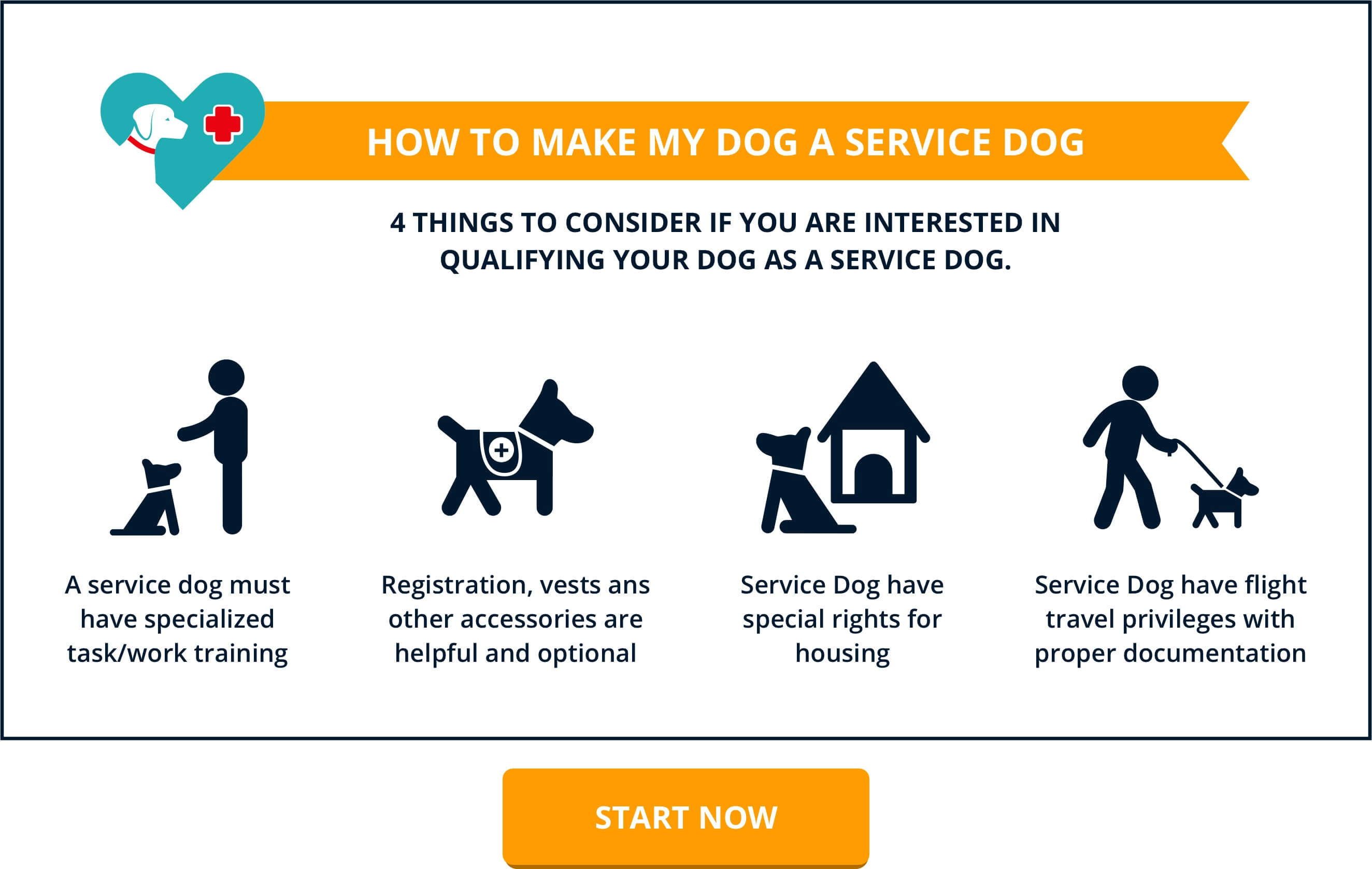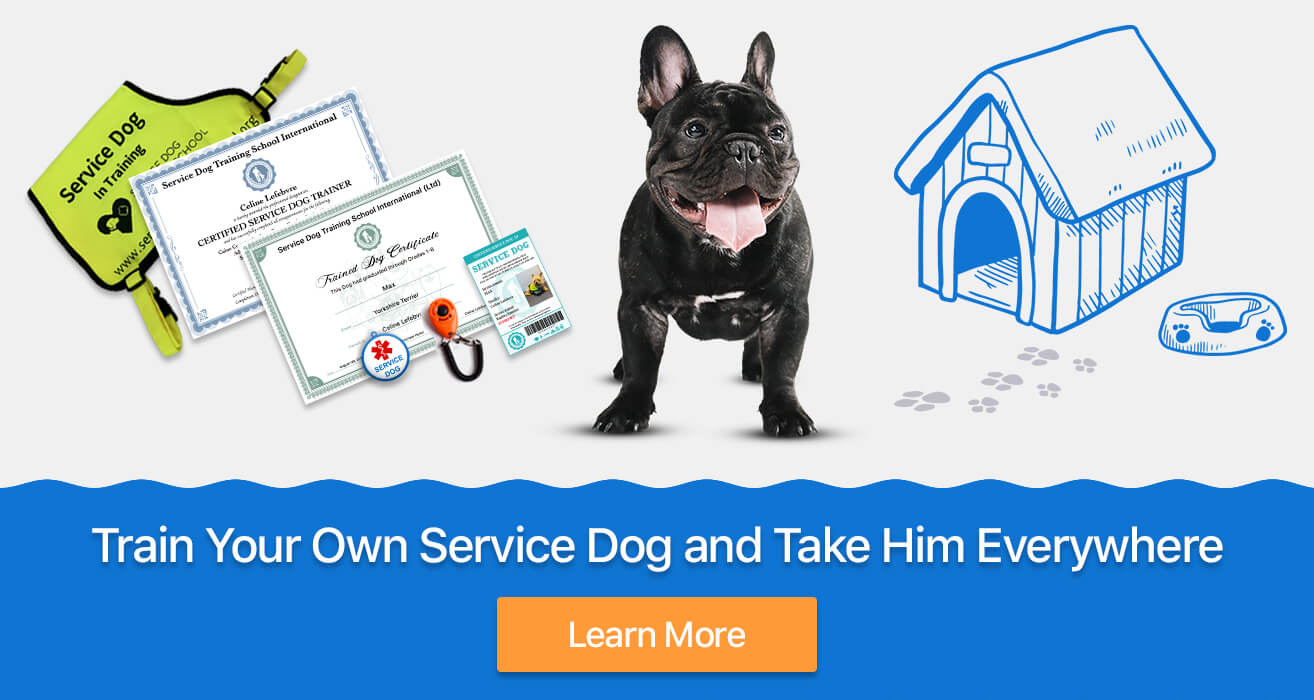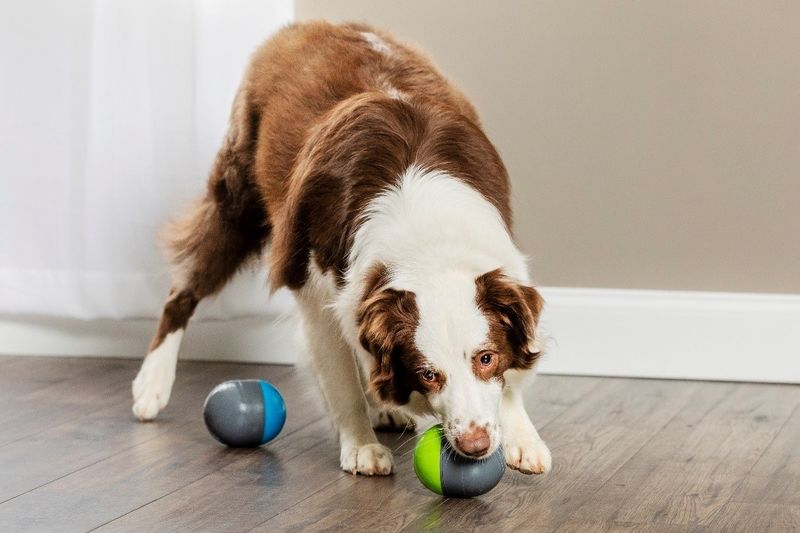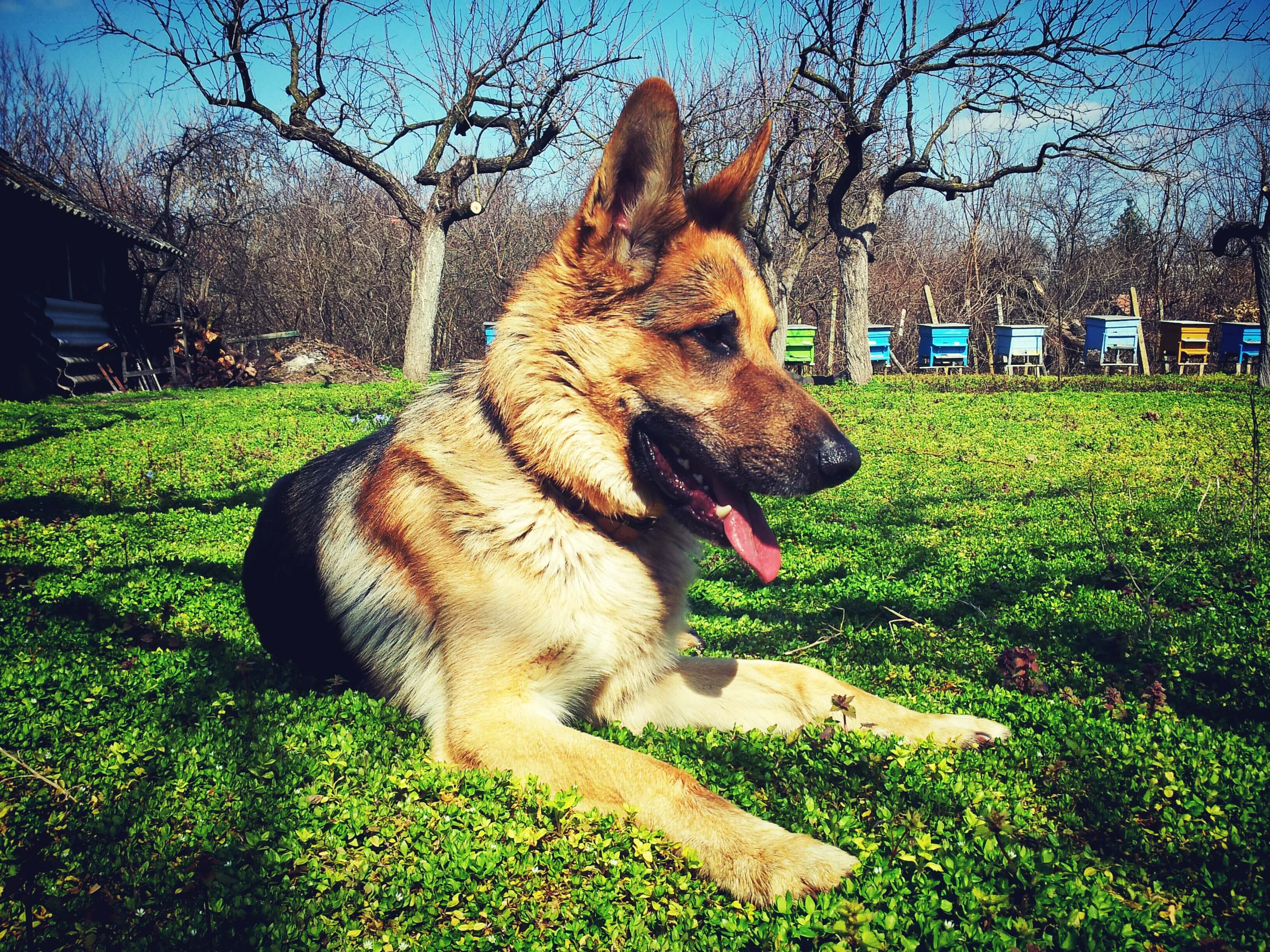- Temperament Evaluation
- Personal Traits
- Service Dog Training-General Behavioral Requirements
- Service Dog Training-Specific Tasks
- Can You Train Your Dog to Perform Specific Tasks for You?
- Is Identification Gear Mandatory for Service Animals?
- How to Get A Service Dog
- Are Service Animals and Emotional Support Animals the Same?
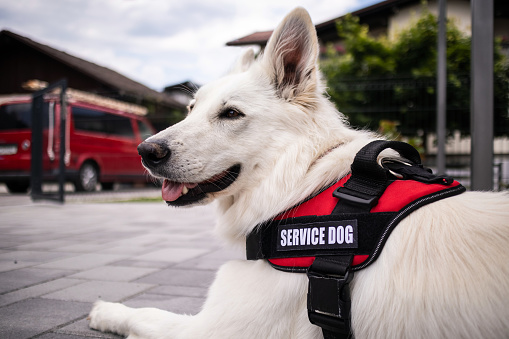
Having a service dog means being able to rely on loyal support, feel loved and secure, be more confident, and be less afraid to go in public and engage in social activities. Service dogs do specific things for a person with a physical and/or mental disability, and these animals are considered medical equipment and not pets. However, they are much more than this... They are a part of the family.
Some dogs immediately connect with their owners, developing a strong bond with them. It is much easier for them to be trained as service animals. Although having the right temperament for a service dog and being attached to the owner are prerequisites for successful training, these factors are not the only conditions. To become a service animal, a dog needs to go through both basic obedience and specialized training and be well-mannered while in public. The first step towards training a dog to become a service dog is:
Temperament Evaluation
Every dog is unique as an individual. However, there are basic traits that a dog should have to have a big chance to become a good service dog.
Temperament evaluation usually includes testing the dog’s reactions to various stimuli, such as noises, his/her tolerance to physical contact, as well as how interested in people he/she is (some dogs enjoy having interaction with humans, while others do not so much).
If the dog remains calm when you pick him/her up and tolerates some pressure, i.e. when you slightly squeeze the webbing, he/she is not too shy or fearful of new sounds, smells and environments, he/she might be the right dog!
Anxious or aggressive dogs, who do not enjoy being around people and do not tolerate physical contact, are not a good choice for service animals.
Personal Traits
Friendly Personality
Dogs who are naturally friendly and do not have problems interacting with both people and animals have better chances to do the “job” pretty well.
Calm Demeanor
A calm and balanced temperament is a necessity for service dogs. Dogs who are anxious, nervous or hyperactive may not be a good choice.
Intelligence
The harder the tasks are, the more intelligent the dog should be. This is especially valid for complex tasks, that require many repetitions to be perfected.
Energy
It is a bit tricky, when it comes to the energy levels, as some owners prefer their dogs to be more active, while others enjoy having a quiet time hugging their service dogs on the couch. A good service dog needs to be energetic enough to fulfill the given tasks and feel motivated, without being overly active.
Trainability
To be considered “trainable” depends on various factors such as temperament and intelligence. There are intelligent dogs, who are very stubborn, and thus hard to train. There are also calm dogs with average or low intelligence who may need more time to practice.
Eagerness to Please the Owner
Dogs who enjoy pleasing their owners are more likely to become good service dogs than those who are more independent and self-sufficient.
Focus
Service dogs must be able to remain focused on their owners despite the situation and the surroundings.
This is something that can and needs to be taught, as dogs, especially while still puppies, find it difficult to focus on one thing for a long period of time. Sometimes it may take a lot of time to practice with the dog until he/she learns to ignore the distractions in the surroundings.

Service Dog Training-General Behavioral Requirements
Considering the traits and the temperament needed for a dog to become a good service dog, it is not hard to figure out how a well-trained service dog should behave. Properly trained service dogs need to walk calmly at their owner's side, and be well-mannered, which means not excessively sniffing around, pulling on the leash, barking (unless it is required for a task they perform), causing any damage, or otherwise misbehaving. They do not react to triggers in the surroundings but respond to their owner’s commands.
A Public Access Test is included in service dog training. It usually features basic and advanced obedience in public places. A well-trained service dog should fulfill obedience commands such as “sit”, “stay”, and “come”, while in public, he/she should not obstruct access to any items on the premise, nor should he/she behave inappropriately if a passerby is trying to pet him/her. Of course, passersby should not distract service dogs in any way and always ask their owners for permission to pet them. In order to prevent passersby from approaching and petting the service dog, many owners put identification gear on him/her.
Service Dog Training-Specific Tasks
Unlike standard dog training, service dog training requires the dog to be able to perform specific tasks, directly related to a certain disability. There are various types of service animals, based on the tasks they have been trained to perform, such as
-Guide Dogs;
-Mobility/Balance Dogs;
-Hearing Dogs;
-Alert Dogs (for Diabetes, seizures, cardiac issues...etc.);
-Response Dogs (unlike Alert Dogs, Response Dogs perform tasks after the episode has occurred and not before that);
-Allergen Detecting Dogs;
-Psychiatric Service Dogs;
-Service Dogs for Children with Autism (We would like to note that we refer to dogs, who perform specific tasks for children with Autism and not only provide comfort and companionship to them).
Can You Train Your Dog to Perform Specific Tasks for You?
Yes, you can. Training your own service dog will help you adapt the training process to your needs. You will be able to focus on the tasks that specifically work for you. Also, spending time with your dog will help you better know him/her as an individual and figure out how to adjust the training to her/her temperament and personality. We would say that service dog teams can not be compared and the bond between the dog and his/her owner is unique for each team.
Whether you will have access to public places with a self-trained service dog, or not, depends on the local laws, i.e. dog owners in the US and the UK are allowed to train their own service dogs (called assistance dogs in the UK) and visit public places while accompanied by them.
Is Identification Gear Mandatory for Service Animals?
This also depends on the local laws. In the US and the UK service/assistance animals are not required by law to wear identification gear, while the laws in other countries/provinces state that service dogs are recognizable by wearing training accessories.
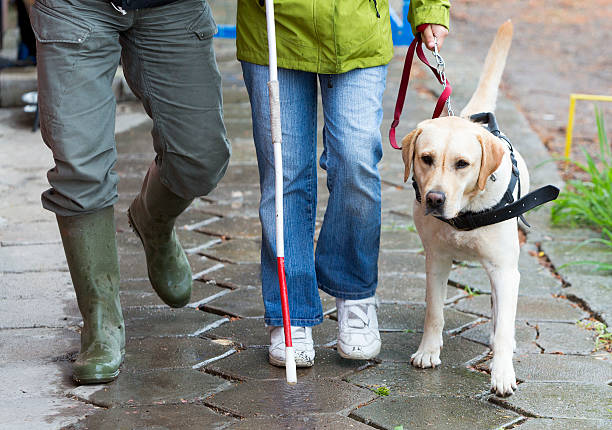
How to Get A Service Dog
You can get an already trained service dog from an organization, that is specialized in providing this service. It can be a for-profit or a non-profit organization. You should keep in mind, that the costs for getting a fully trained service from a for-profit organization may reach up to $30 000. The second option is definitely the affordable one. However, in the second case, you are likely to be put on a waiting list and wait for a year or more to get the dog.
Other options to get a service dog are either hiring a trainer / enrolling in a training program (in-person or online) or training the dog yourself. Getting your dog enrolled in a course/program and receiving the help of professionals will ensure that the training process will be conducted consistently and professionally. However, you still may need to spend a lot of money if you would like to make sure that your dog has gone through basic obedience and specific service dog training. Also, you may need to stick to a preset schedule. We will link for your reference our article: “How Much Does It Cost to Train a Dog”.
The last option-training your own service dog requires knowledge, persistence, and patience. However, if you are determined enough and have the “right dog”, you may succeed. You will also make sure that you and your paw friend practice at your own pace and spend valuable time together while obtaining new skills and improving the current ones.
Are Service Animals and Emotional Support Animals the Same?
No, these terms are different. The first term- “service animal”, describes a dog (only dogs are accepted as service animals, although some states allow miniature horses as well), who has been individually trained to do specific work for a person with a disability. The tasks that the dog performs, must be directly related to the person’s disability.
Emotional Support Animals can be all types of domesticated species, including dogs, cats, rabbits, guinea pigs...etc. These animals provide comfort and companionship to their owner, without doing specific work / performing specific tasks, directly related to their disability.
Service dogs are deemed medical equipment, and they must be granted public access rights. ESAs may be denied access to areas open for use by the general public. Based on the local laws, Emotional Support Animals may (i.e. in the US) or may not be granted accommodation rights.




